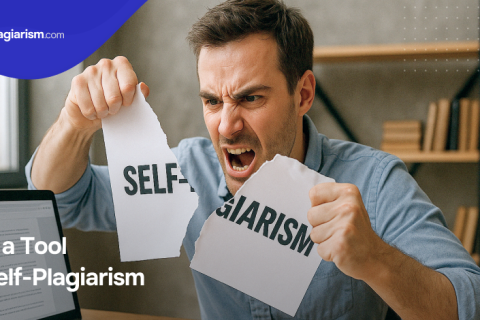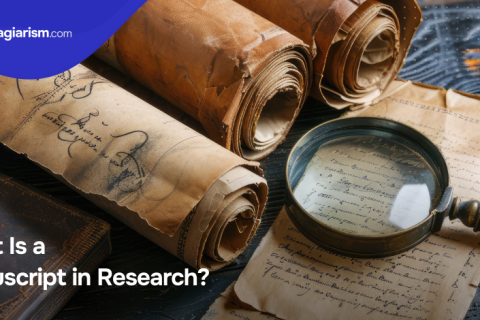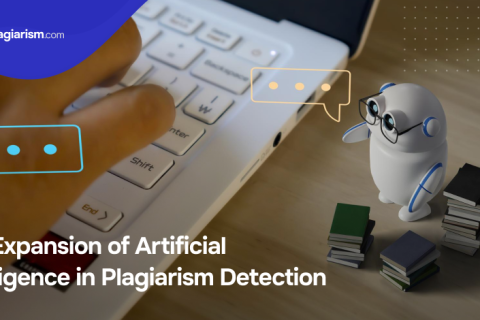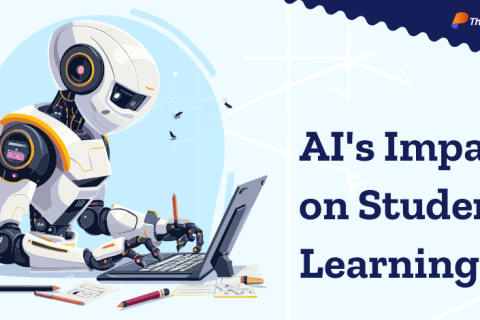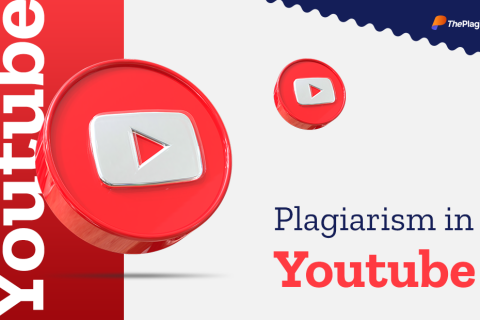Techniques against plagiarism
18 Aug 2017
Plagiarising is basically copying or stealing another person’s thoughts and ideas with the intention to pass them off as one’s own. Along with this no due credit or acknowledgement is given to the original author for the hard work and effort that he or she put in, not to mention the patience that he or she showed. plagiarism is truly a very dishonest practice. Not only does the person indulging in it steal another’s ideas but neither does the person show any respect for the original thinker as the person does not acknowledge them. It is a very wrong practice morally and at all levels. It has to be stopped because it causes great harm to the thinker. If such a practice goes on then people who think will be afraid of sharing their new thoughts and ideas for the fear that they will not get due recognition and credit for the hard work and effort that they put in for such an original idea. As a result of this all original ideas, thoughts and thinking will cease. This is why it is so important for us to combat plagiarising. Fighting plagiarising can be done in many of the following ways that can also be read on the theplagiarism.com.
Firstly, lecturers should make a unique paper. A unique paper removes any chance of being plagiarised. In addition to this the paper would also seem interesting and make the students willing to work on it. Secondly the lecturers should very clearly specify all points of the assignment. They should first start of with the format. They should make it very clear as to which format the students should follow. Following this the next aspects and points of the assignment should be made clear. How many people can do the assignment, whether it is to be done individually or in a group? If it is to be done in groups, then how many people in a group. It should be specified as to how many courses the same assignment can be submitted. Many times submitting the same assignment to a number of courses is counted as self plagiarism. This needs to be avoided. Finally, lecturers should insist on proper printouts of the final assignments to ensure originality. It has been seen that a major reason for students resorting to plagiarising has been confusion about the whole assignment. Photocopies should be avoided at all costs, come what may. The second technique is to give a number of topics by the lecturer on which the assignment can be given. Such topics of the lecturer’s choosing should be given so that the lecturer can keep a watch on all of them. Apart from this, having a wide variety of topics only helps to get the students interested in their assignments as they are sure to hit upon a topic of their choosing and liking and thus do it honestly themselves without resorting to plagiarism. Students who come early and talk to the lecturer should also be given the choice of a custom essay on account of them coming first and showing such enthusiastic interest in the assignment. Also having unusual topics of the lecturer’s choosing only helps as there is a high chance of very few articles being available on the internet about it. The next technique to follow is to specify the specific components in the assignment. Lecturers should specify as to how many books, how many journals, how many internet sources, how many library texts etc have to be referenced at all costs while doing the assignment. This ensures that students refer to a number of sources and learn. Also specifying the use of sources published, say, within the last year prevents the students from referring to previous old sources and thus helps them from indulging in plagiarism. More things that can be specified are specific books or articles that the lecturer recommends or even the inclusion of a data set. Such specifications all of them prevent the students from plagiarising from anywhere. Also including an interview with an expert in the field of study will go a long way in strengthening the student’s arguments rather than just relying on written material.
The next technique that ought to be followed to combat plagiarism is by asking for reports at all steps of the research paper. There should be a report and presentation at all stages of the assignment. Starting right from the initial outline to the research stage, from the rough draft to the editing and finally to the writing of the final draft of the paper there should be a report and an oral presentation at all stages of the assignment. This only makes the students work hard and learn his or her topic. Also a rough draft is the perfect platform to correct the student’s faults and errors, to make new suggestions and also to clear any doubts that the student might be having concerning his or her paper. The next effective technique is by asking for oral presentations. Doing so makes the student understand the importance of being familiar with his or her topic. A student who has made a paper from plagiarism will not know a major portion of his or her assignment no matter how many times he or she reads it. On the other hand a student who has done an original paper will be absolutely familiar with his or her paper. Putting forward simple questions to these students during the oral presentation will go a long way to find out whether the student has done the assignment by himself or whether he has plagiarised from somewhere.
Students should be asked to include a proper bibliography in their assignments to help combat plagiarism. This helps students understand the importance of a proper bibliography. They need to be asked to give proper citations including names of the authors. Following this they need to give proper locations of the various sources of information that they have used. This helps students understand the importance of citations and sources of reference. Students who have done the assignment by themselves will have no problems providing the details of the sources used. On the other, students who have made their assignments by plagiarism will find it extremely difficult to name and give the sources that they have used. Next the lecturers should ask for all references to be up to date and latest. The problem with all the free papers on the internet and also the papers for sale on the internet is that all of them are old with quite old references in their bibliography. SO by specifying whether the lecturer wants a maximum of, say, two year old sources in the paper to be submitted, immediately a large number of plagiarised papers can be eliminated from the start without any headache. Though this technique might not cover a few topics but it covers most of them such as science and commerce. Finally the last technique to be followed is to ask the students to write an end of assignment essay where they will be required to answer a few questions. These questions could include ones such as what was the learning through the assignment, what were the problems and obstacles faced by the students in the assignment and where did the student find the sources of information. Students who did the assignment honestly will have no problem in writing this whereas students who indulged in plagiarism will.

